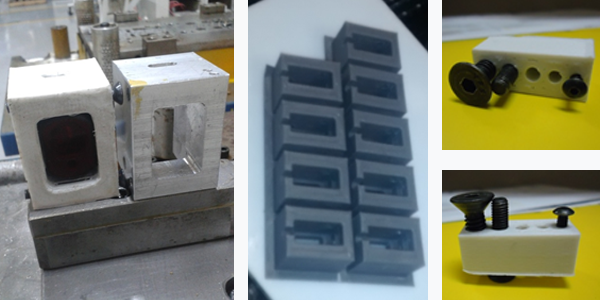When we need to study a manufacturing process to solve a problem or make an improvement, one technique is to go to the source and watch its performance, and, if we are lucky, we can right away find the solution, but in a complex situation, we have to collect data, organize it, and make an in-depth analysis.
If we want to analyze the human being’s progress throughout the years, we have to take several pictures between some periods of time, watch them, and make our conclusions. So then, if we want to predict the future, we just have to watch a sequence of pictures every 20 years starting in 1900 and at a glance, we can see that technologically speaking the world evolution has been changing dramatically. Compared with nowadays technology, the guys living in 1900 were too far behind us.
Now, let us try to predict the future: How do you think the guys living in the year 2100 will look at us? Technologically speaking, we will be watched the same as we see the guys living in 1900: too far behind us. In 2100, we will most definitely be living and thinking in a 3D world. Even tele and video conferences will evolve into hologram conferences, where our images will be transported to the place where we have to hold a meeting with our customer or suppliers.

Along with the 3D scanned data we can obtain with our equipment, we are able to make reverse engineering with 3D printers and even make improvements and print a better part than the one we just scanned. By doing some light research on the internet, we can see a huge amount of people experimenting and developing products and processes utilizing 3D printing equipment combined with different materials or their alloys.

One of our 2015 Gobar Systems goals was to get our feet wet just to taste the waters on 3D printing technology, and we were really surprised with the advantages of this impressive invention.
If you are designing a process, a machine or a part, first you have to make a plan in your mind, and you will soon realize how difficult it is to transmit that idea or concept to others. Once you make a CAD design, there are one or two people who can provide some input to you, in order to get some level of improvement; but once you finish your job and put it to work, there are a bunch of people throwing improvement ideas. So then, one of the great, basic advantages of 3D printing is that you can very quickly materialize your idea, compared with conventional, current fabrication methods, and get input from everybody at an earlier stage of the project.
We at Gobar have benefited a lot from this new technology, either by anticipating failures before fabrication, or as means of communication of a failure when the component is already done. It is very difficult to communicate a defective profile of a part with a complex geometry, but if you 3D print the right profile and compare it with the defective part, you will be surprised how easy it is to show the defect to anybody, even if a person is not related to that product or project.

Down the road, we found some other, very interesting advantages of 3D printing. At the beginning we could not differentiate the parameters needed to replicate a 2mm thick stamped component from the parameters to replicate a 1.5in x 6in x 8in machined detail. Eventually, we ended up printing housings to protect sensors in the dies. In the same way, we can make some components for assembly fixtures faster and cheaper than made with CNC equipment. Just to give you an example, let me tell you the story of the 15 housings to cover the die‘s electric sensors:
On that day we had to make housings to protect electric sensors. Our CNC’s machining capacity was exhausted and we had no choice but to make them in our 3D printer. We programmed our printer to work during that night and the next morning we were assembling those parts in the die. Otherwise, we would have used thrice the hours to make the 15 components, and we would have missed the delivery deadline for our production department.

ABS printed parts replacing aluminum machined parts in die protection.
In just a few months we tasted how strongly the 3D plastic printing technology is impacting the world. Just imagine 20 years from now, when 3D printing will be a common equipment for the production of a large variety of metals and alloys, including parts for the human body!
It seems that the near future will be kind of interesting.






